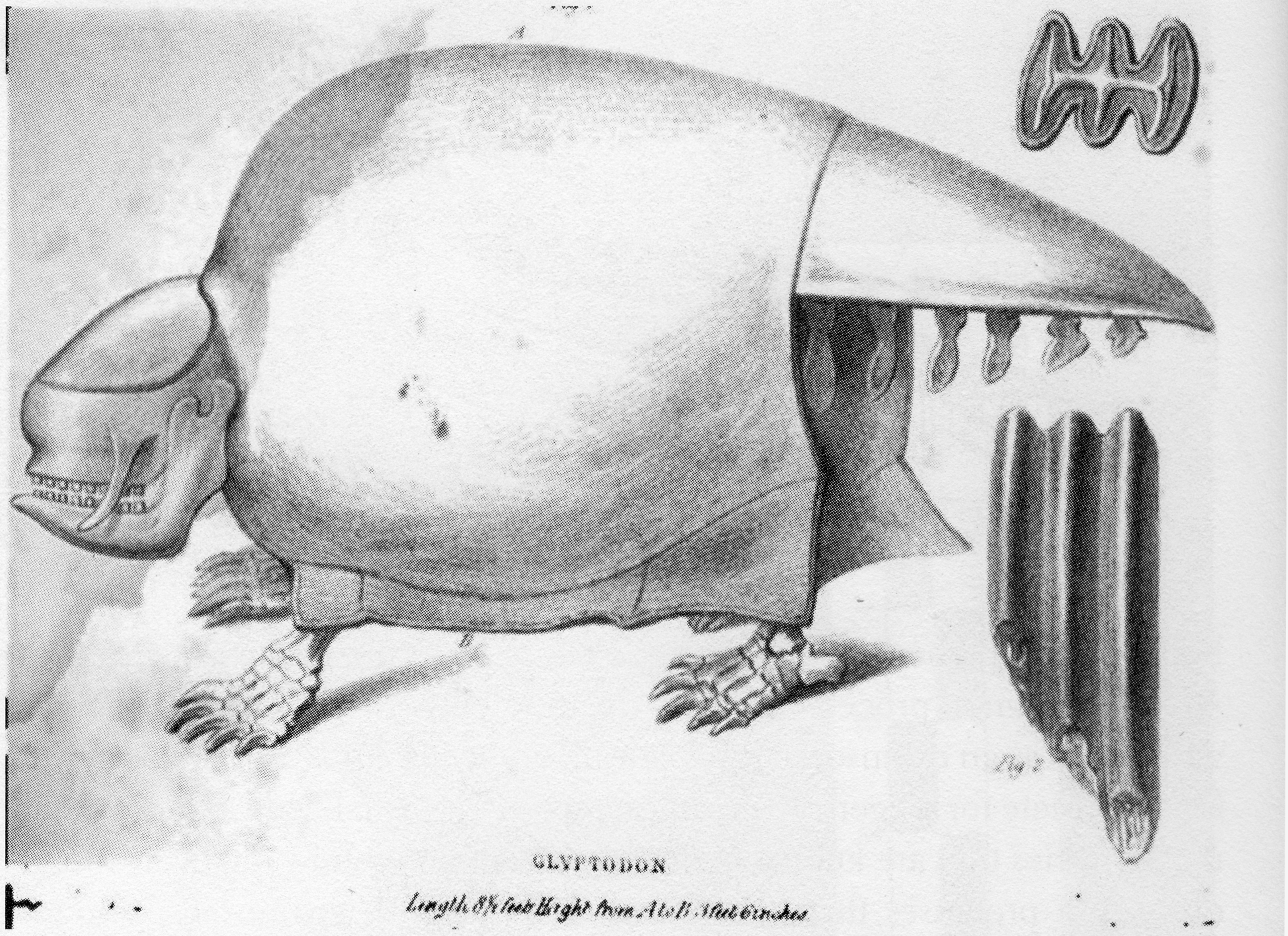|
Paleolithic Period
The Paleolithic or Palaeolithic (), also called the Old Stone Age (from Greek: παλαιός ''palaios'', "old" and λίθος '' lithos'', "stone"), is a period in human prehistory that is distinguished by the original development of stone tools, and which represents almost the entire period of human prehistoric technology. It extends from the earliest known use of stone tools by hominins, 3.3 million years ago, to the end of the Pleistocene, 11,650 cal BP. The Paleolithic Age in Europe preceded the Mesolithic Age, although the date of the transition varies geographically by several thousand years. During the Paleolithic Age, hominins grouped together in small societies such as bands and subsisted by gathering plants, fishing, and hunting or scavenging wild animals. The Paleolithic Age is characterized by the use of knapped stone tools, although at the time humans also used wood and bone tools. Other organic commodities were adapted for use as tools, inclu ... [...More Info...] [...Related Items...] OR: [Wikipedia] [Google] [Baidu] |
Glyptodon Old Drawing
''Glyptodon'' (from Greek for 'grooved or carved tooth': γλυπτός 'sculptured' and ὀδοντ-, ὀδούς 'tooth') is a genus of glyptodont (an extinct group of large, herbivorous armadillos) that lived from the Pleistocene, around 2.5 million years ago, to the Early Holocene, around 11,000 years ago, in Argentina, Uruguay, Paraguay, Bolivia, Peru, Brazil, and Colombia. It was the first named extinct cingulate and is the type genus of Glyptodontinae, and, or, Glyptodontinae. Many species have been named for the genus, though few are considered valid, and it is one of, if not the, best known genus of glyptodont. Hundreds of specimens have been referred to the genus, but the holotype, or name specimen, of the type species, ''G. clavipes'', was described in 1839 by notable British paleontologist Sir Richard Owen. It was roughly the same size and weight as a Volkswagen Beetle, 800–840 kg (1,760–1,850 lb). With its rounded, bony shell and squat limbs, it supe ... [...More Info...] [...Related Items...] OR: [Wikipedia] [Google] [Baidu] |

